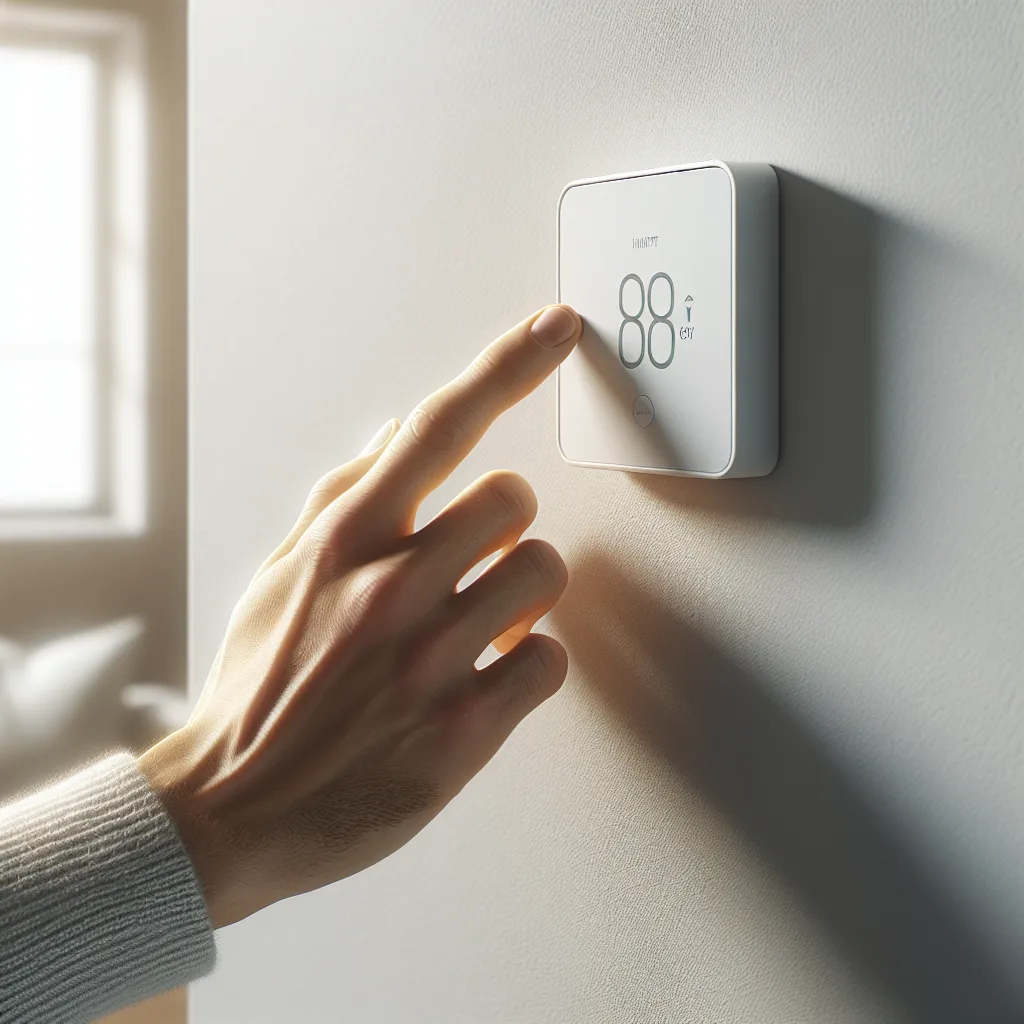Is your Nest thermostat turning on and off by itself? Learn the simple reasons why, from its learning features to schedules, and how to take back control.
So you got a Nest thermostat. The idea was simple: save some money, make life a little easier, and add a cool gadget to your wall. But now, you’re noticing something… odd. The heat clicks on when you’re not cold. The AC kicks in when the house feels fine. It’s like a little ghost in the machine is playing with the temperature.
If you’re standing in your living room wondering why your smart thermostat seems to have a mind of its own, you’re not alone. I’ve been there. It’s a super common question, and the answer isn’t about faulty wiring or a haunted house. It’s usually about the very feature that makes the Nest “smart” in the first place: its learning ability.
Let’s break down what’s likely happening and how you can get it to behave.
The Smart Brain: How the Nest “Learns”
The main selling point of a Nest is that it programs itself. When you first install it, you adjust the temperature whenever you feel too hot or too cold. The Nest watches you. It learns that you like it cooler when you sleep, warmer when you wake up, and that you turn it down when you leave for work.
Over the first week or two, it uses this data to build a schedule automatically. This feature is called Auto-Schedule. The goal is for the thermostat to anticipate your needs without you ever having to touch it.
But here’s the thing: it’s not a perfect mind reader.
Maybe you had a few weirdly cold days and cranked the heat at odd hours. Maybe you had guests over and adjusted the AC more than usual. The Nest logs all of this as a preference. It doesn’t know the context; it just sees the data. So, it might build a schedule based on a weird week, and now it thinks you love having the heat on at 2 PM on a Tuesday.
This is often the number one reason your thermostat is turning on by itself. It’s not random—it’s just following a schedule it created for you.
The All-Seeing Eye: Home/Away Assist
There’s another feature working in the background called Home/Away Assist. This uses sensors in the thermostat and the location of your phone (if you allow it in the app) to guess whether you’re home or away.
When it detects you’ve left, it can automatically switch to an energy-saving “Eco” temperature. When it senses you’ve returned, it will switch back to your regular schedule.
This can also cause some confusion. If you’re home but sitting still in a room where the thermostat can’t see you, it might think you’ve left and go into Eco mode. Then, when you walk by an hour later, it senses you and kicks the system back on. This can feel like it’s turning on and off for no reason.
How to Take Back Control
So, if your Nest’s smarts are a little too smart, what can you do? You don’t have to live with a thermostat that constantly surprises you. You have two great options.
1. Check and Edit the Schedule
Before you do anything else, just look at the schedule your Nest has created. You can do this easily in the Nest or Google Home app.
- Open the app and select your thermostat.
- Tap on “Schedule.”
- You’ll see a full weekly schedule with all the temperature changes your Nest has planned.
You’ll probably find the culprit right away—a temperature change set for a time that doesn’t make sense. You can easily delete these unwanted setpoints or adjust the temperatures to your liking. Sometimes, just cleaning up the learned schedule is all you need to do.
2. Turn Off Learning and Set a Manual Schedule
What if you don’t want the thermostat guessing at all? That’s perfectly fine. Some people (myself included) prefer a predictable, fixed schedule. If that’s you, you can turn off the learning feature.
- Go to your Nest thermostat.
- Push it to open the menu, then go to Settings > Nest Sense > Auto-Schedule.
- From here, you can just turn it off.
Your Nest will stop learning from your adjustments and creating new setpoints. It will only follow the schedule that’s currently saved. From here, you can go into the app and set up your schedule exactly the way you want it. A simple one for weekdays and another for weekends is a great place to start.
Your thermostat will still be “smart.” You’ll still be able to control it from your phone, use Home/Away Assist (if you want), and save energy. The only difference is that you are the one telling it what to do, not the other way around.
So no, your Nest isn’t broken or haunted. It’s just trying to do its job, and sometimes it needs a little guidance. Take a look at its schedule, decide if you want it to keep learning, and make the tweaks that work best for you. Pretty soon, it’ll be the simple, helpful gadget you wanted it to be.
